Anterior knee pain, often a debilitating condition, can significantly impact your daily activities and quality of life. If you’ve ever asked yourself why the front of your knee hurts or if you’ve felt an aching pain while climbing stairs or after prolonged sitting, you’re not alone. This type of discomfort is commonly associated with conditions such as patellofemoral pain syndrome, chondromalacia patella, and runner's knee. Fortunately, physical therapy offers a beacon of hope, and today, we’ll explore three exercises designed to help you manage and potentially alleviate this pain.
Understanding Anterior Knee Pain and Patellofemoral Pain Syndrome
Before diving into the exercises, it’s important to grasp what drives anterior knee pain. The knee joint is a complex structure where multiple components, including the patellar tendon, quadriceps tendon, and patellofemoral joint, converge. Issues within these areas can lead to anterior knee pain, highlighting the knee joint's critical role in biomechanics and movement. Problems in any of these can lead to pain, which is often exacerbated by muscle imbalances, improper physical activity, or anatomical abnormalities such as flat feet.
Common symptoms of anterior knee pain include a deep ache located at the front of the knee, pain during activities like running or jumping (often referred to as jumper’s knee), and discomfort after sitting for long periods. Young athletes, young adults, and those engaged in high levels of physical activity are typically more susceptible, but anyone can be affected.
1. Wall Sit
The wall sit exercise is excellent for strengthening the thigh muscles, particularly the quadriceps muscle, which plays a crucial role in stabilizing the patellofemoral joint. To perform a wall sit:
-
Stand with your back against a wall, feet shoulder-width apart.
-
Slowly slide down the wall until your knees are bent at a 90-degree angle, ensuring your shin bone is perpendicular to the floor.
-
Hold this position for 20 to 30 seconds, keeping your back flat against the wall.
This exercise not only helps in reducing knee pain but also strengthens the hamstring and hip muscles, contributing to better overall knee function.
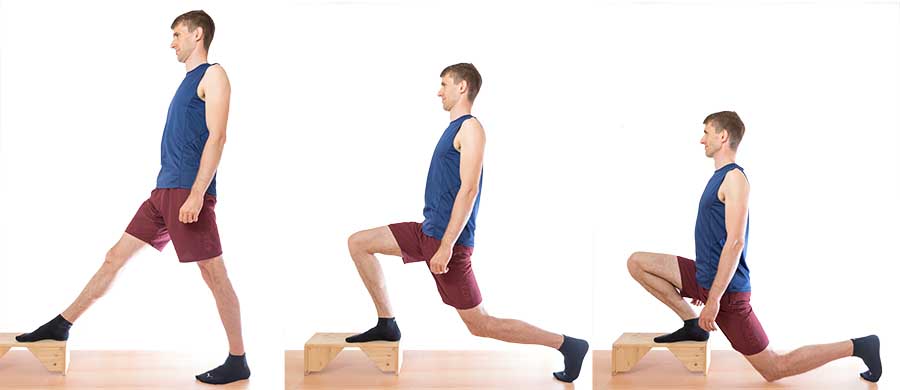
Image source: https://www.fix-knee-pain.com/
2. Split Squat
The split squat is a dynamic exercise that targets the quadriceps, hamstrings, and hip muscles, all while improving core stability and addressing muscular imbalances. Here’s how to do it:
-
Stand with one foot forward and the other back, both pointing straight ahead.
-
Lower your body diagonally until the calf and hamstring of your front leg touch. This is not a vertical movement but a diagonal one.
-
If achieving full depth is challenging, elevate your front foot on a step.
-
Rise back to the starting position and repeat. Start without weights and only add them when you can perform the exercise through its full range of motion pain-free.
3. Leg Extension with OmniStrap
Leg extensions are a targeted way to strengthen the quadriceps tendon and the surrounding soft tissues. Using an OmniStrap increases the exercise's effectiveness:
-
Sit on a chair with the OmniStrap securely fastened around your foot, attaching a light dumbbell.
-
Slowly extend your knee to raise the foot, straightening the leg in front of you.
-
Hold briefly, then return to the starting position. Ensure this motion is smooth and controlled.
Addressing Common Concerns Through Physical Therapy
Main Causes of Anterior Knee Pain
Recent studies suggest that the main cause of anterior knee pain is an abnormal tracking of the patella on the thigh bone, exacerbated by muscular imbalances and overuse. This condition often manifests as achy pain, particularly in teenagers who are active in sports. Patellar malalignment and repeated stress on the knee are also significant contributors. It's important to note that muscular imbalances, especially weaker glute and hamstring muscles, can lead to pelvic instability, impacting leg and knee alignment and increasing the likelihood of developing anterior knee pain.
Duration for Recovery
Recovery from anterior knee pain can vary widely. For some, symptoms can diminish within a few weeks of conservative treatment, including physical therapy and changes in activity levels. However, for others, especially those with chronic conditions, it may take several months to see improvement.
Walking with Knee Pain
Walking with anterior knee pain is often considered safe, provided it does not exacerbate the pain. In fact, maintaining an active lifestyle is crucial as it promotes blood flow and strengthens the muscles supporting the knee. However, it’s essential to wear appropriate shoes and use orthotic devices if needed to ensure proper alignment and support. If any activity makes your knee hurt, it's advisable to stop doing it until the pain subsides.
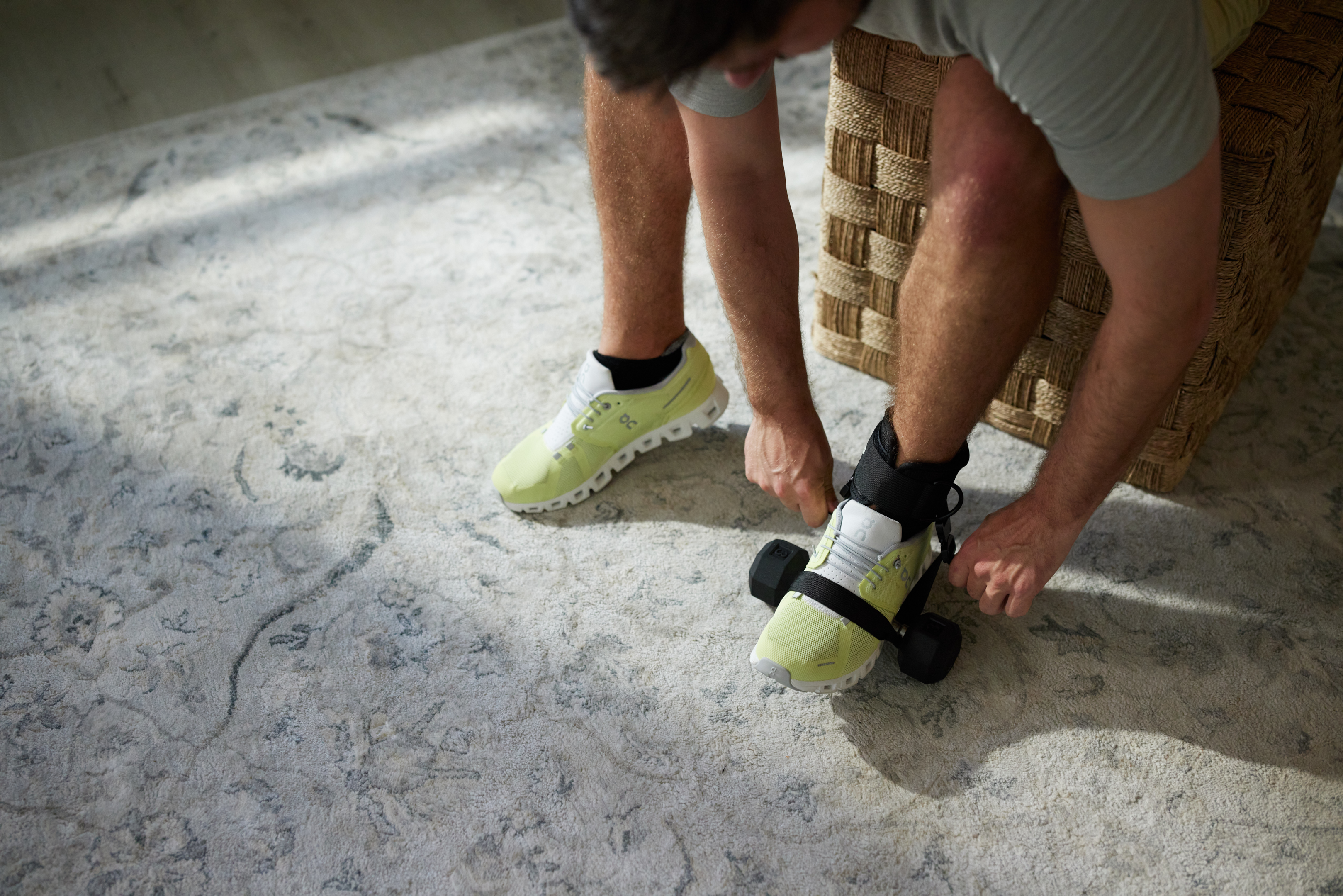
Conclusion
Dealing with anterior knee pain can be frustrating, but incorporating exercises like wall sits, split squats, and leg extensions into your routine can offer relief and improve your knee's functionality. Remember, the key is consistency and gradually increasing the intensity of your workouts without pushing into pain. If pain persists, it is vital to seek an accurate diagnosis and tailored treatment plan from healthcare professionals specializing in sports medicine or orthopaedic surgery.
By understanding the underlying causes of your knee pain and adopting a targeted exercise program, you can take significant steps toward reclaiming your mobility and quality of life. Don't let knee pain hold you back—start strengthening and stabilizing today!
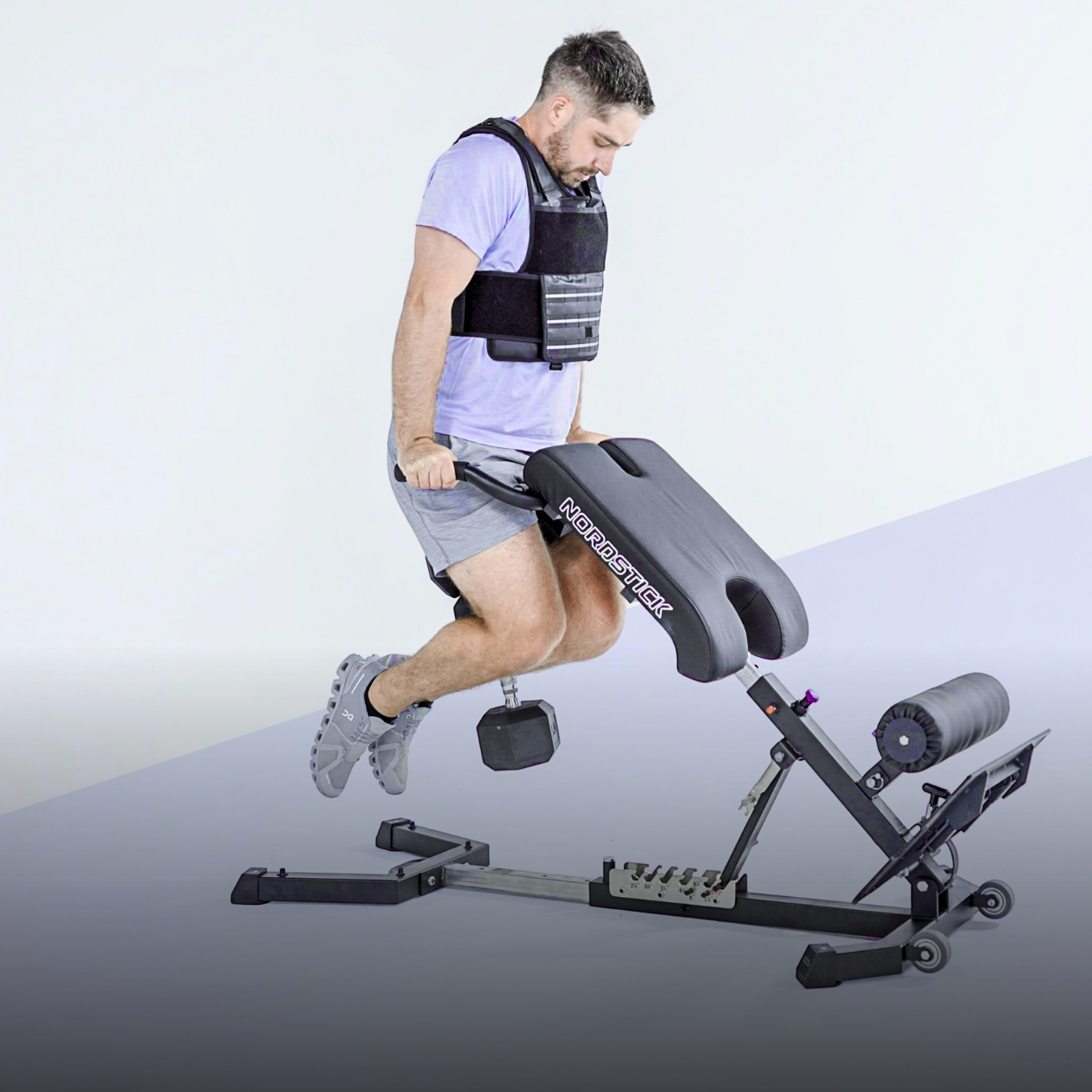
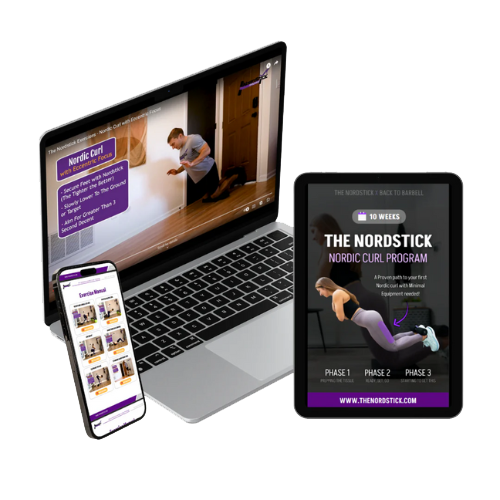
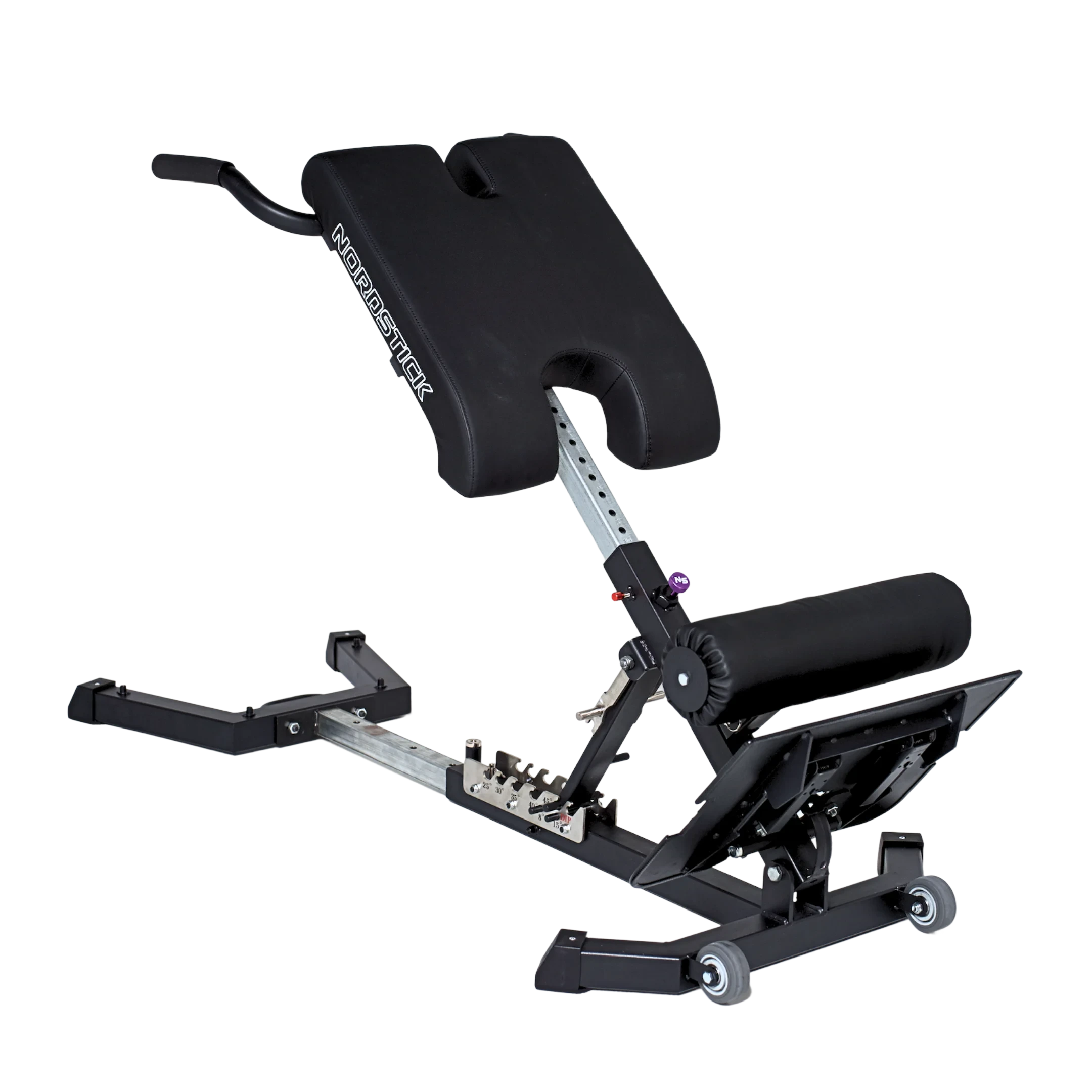
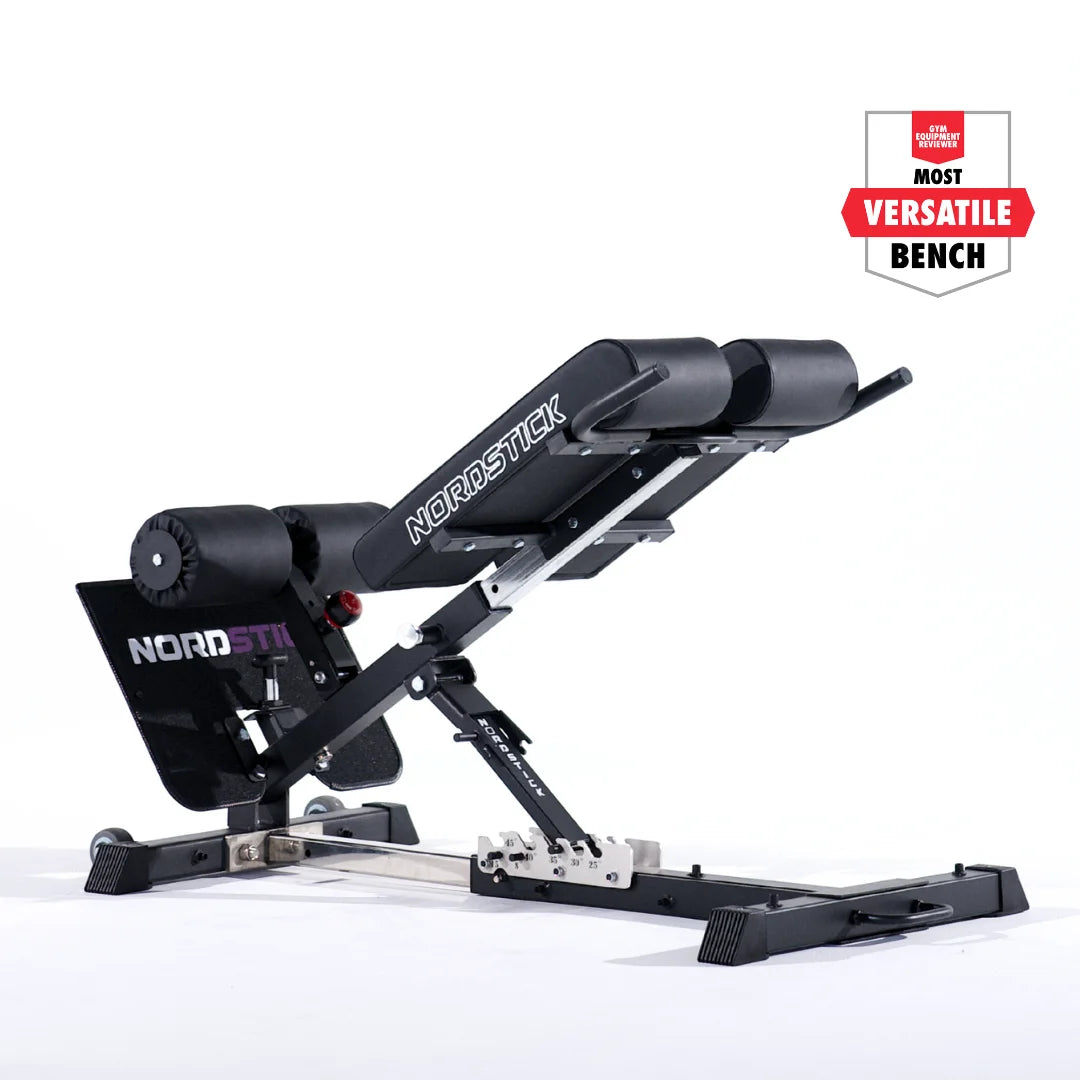





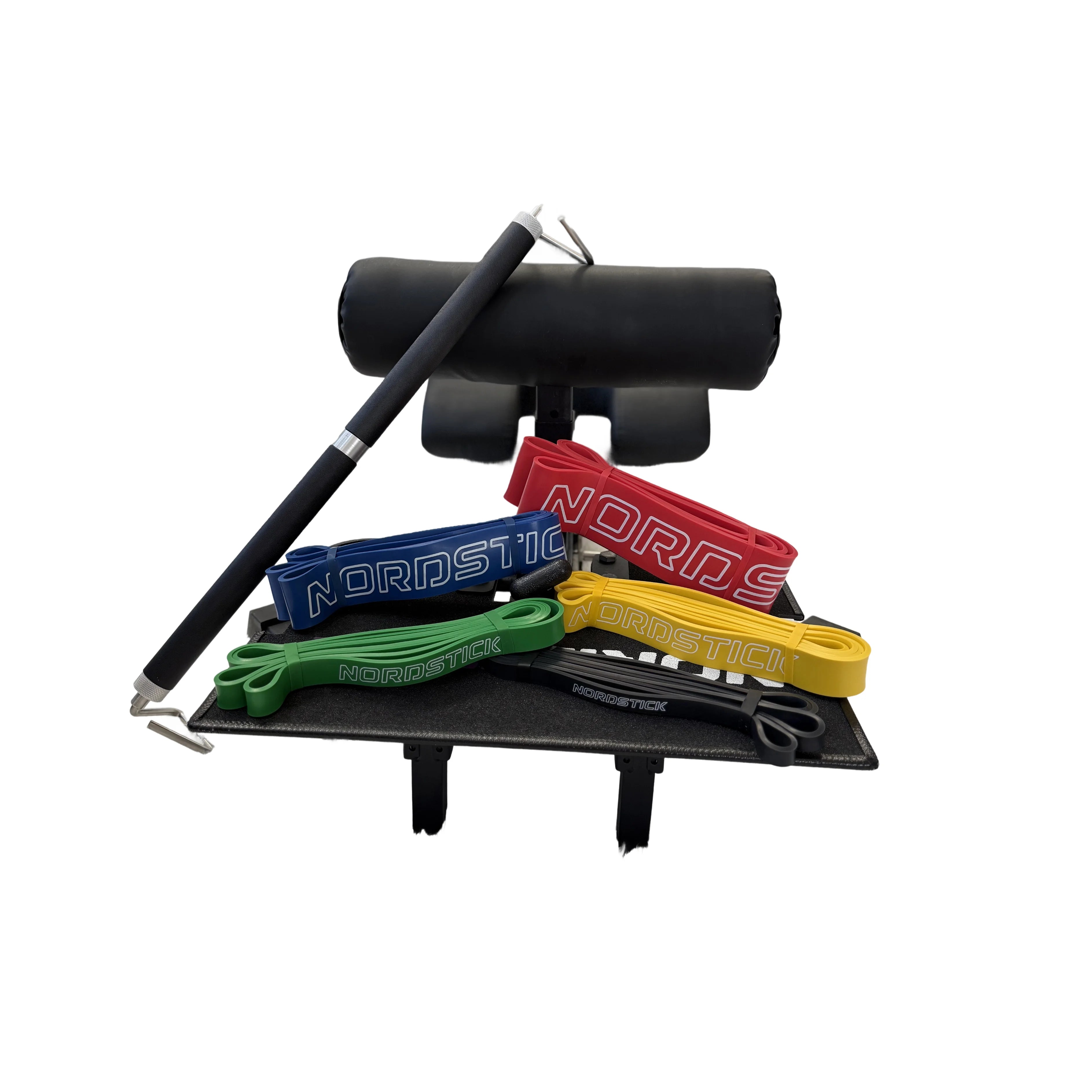

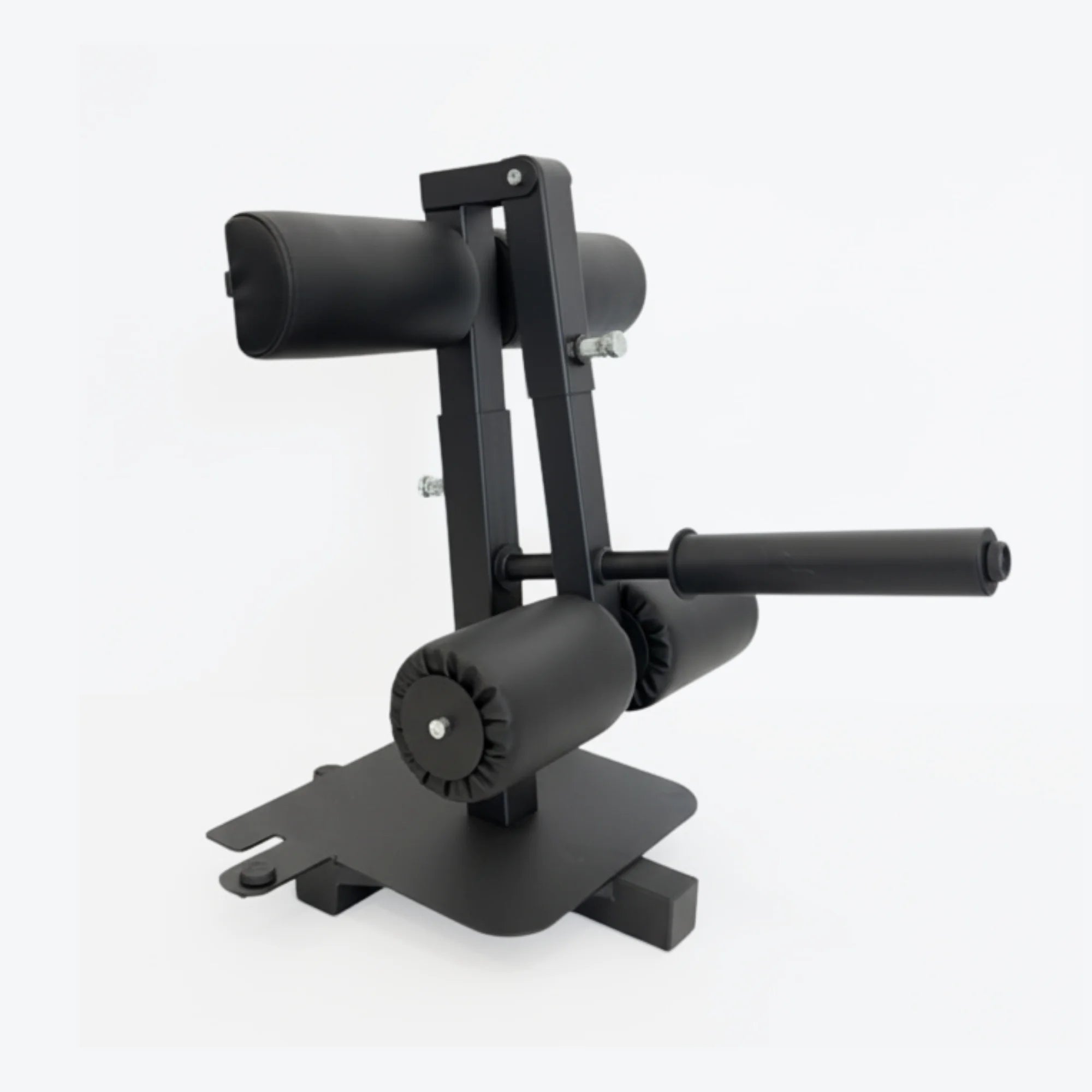
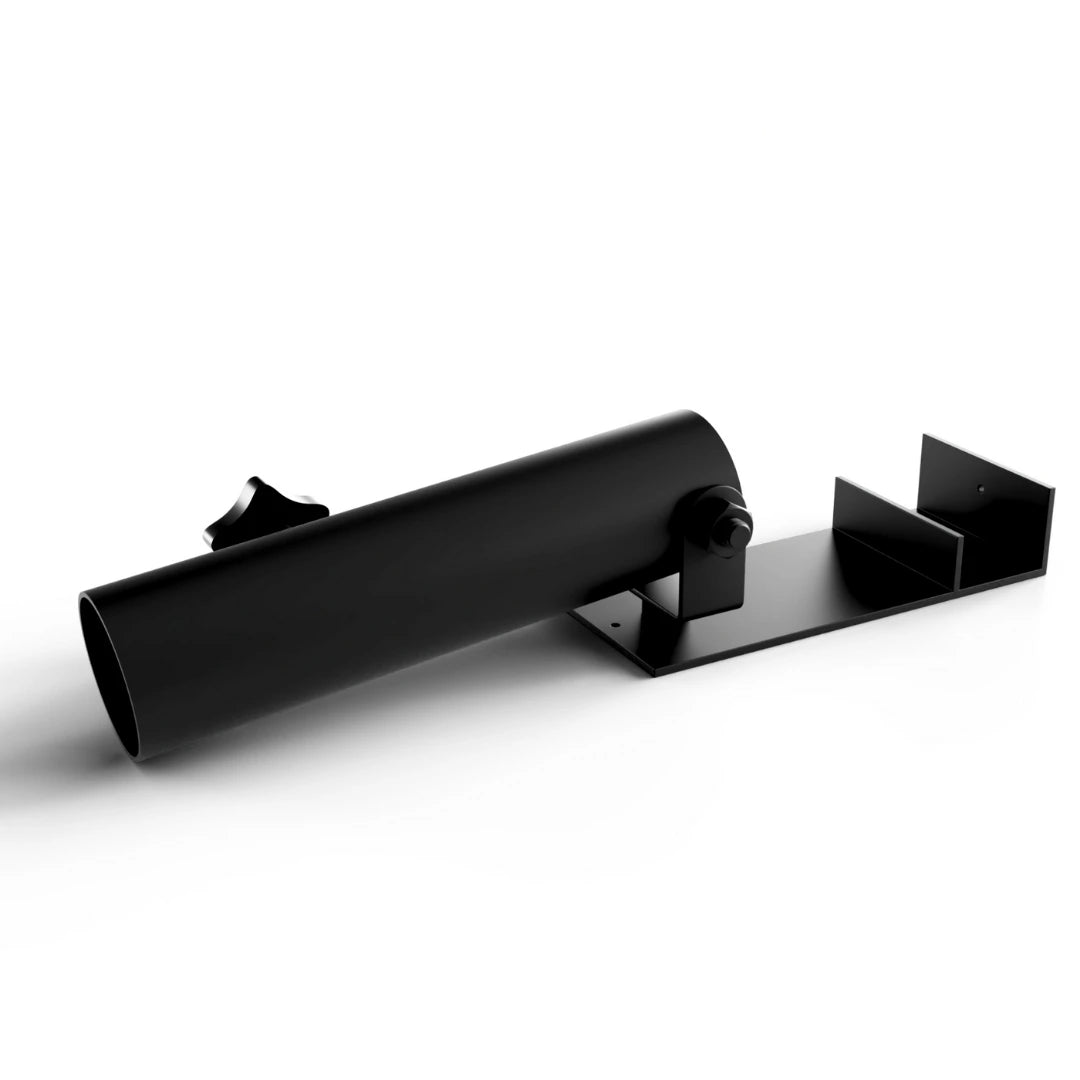
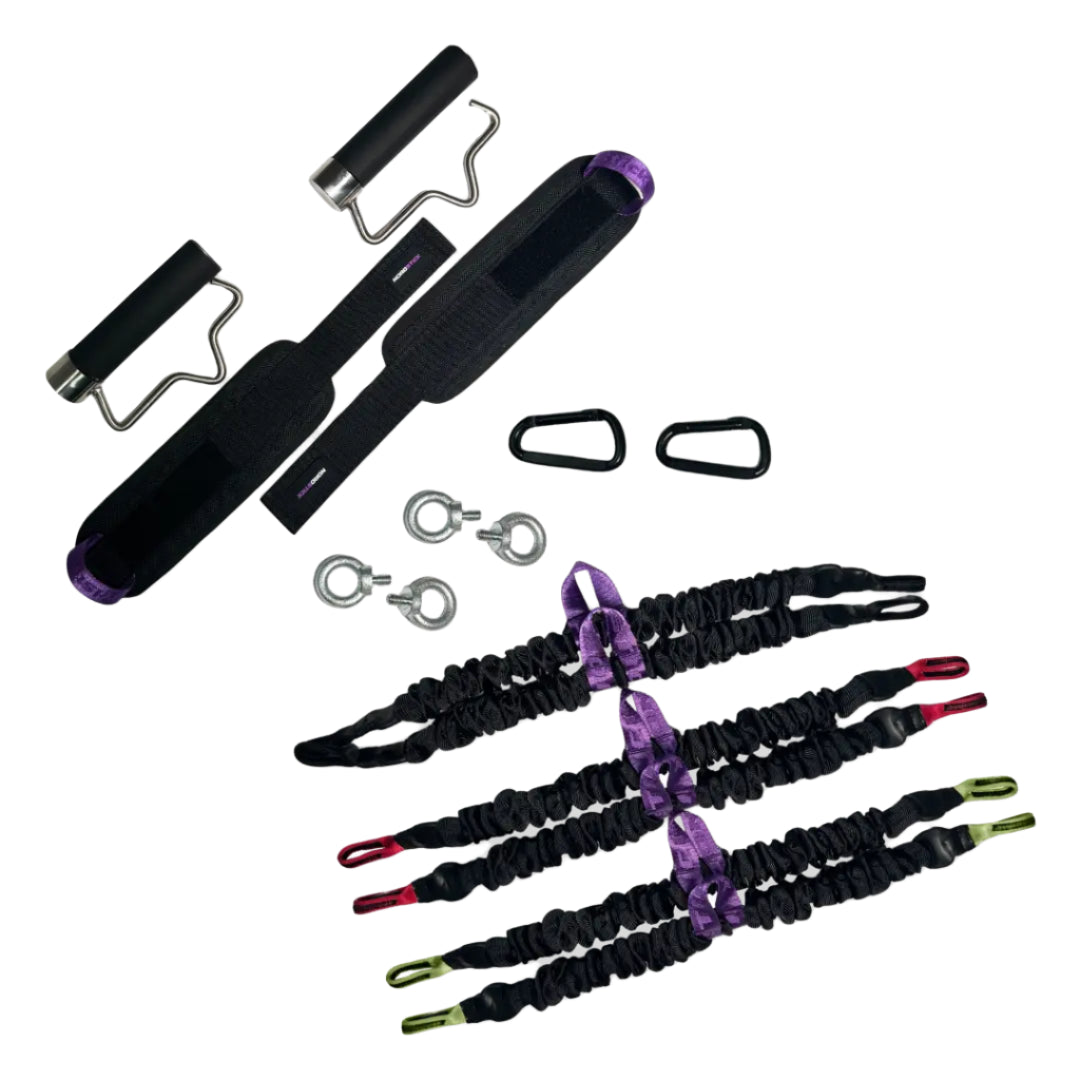
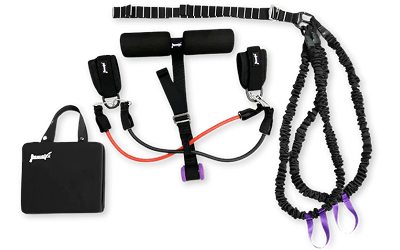
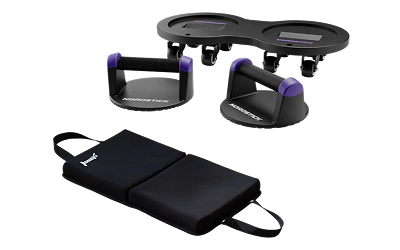
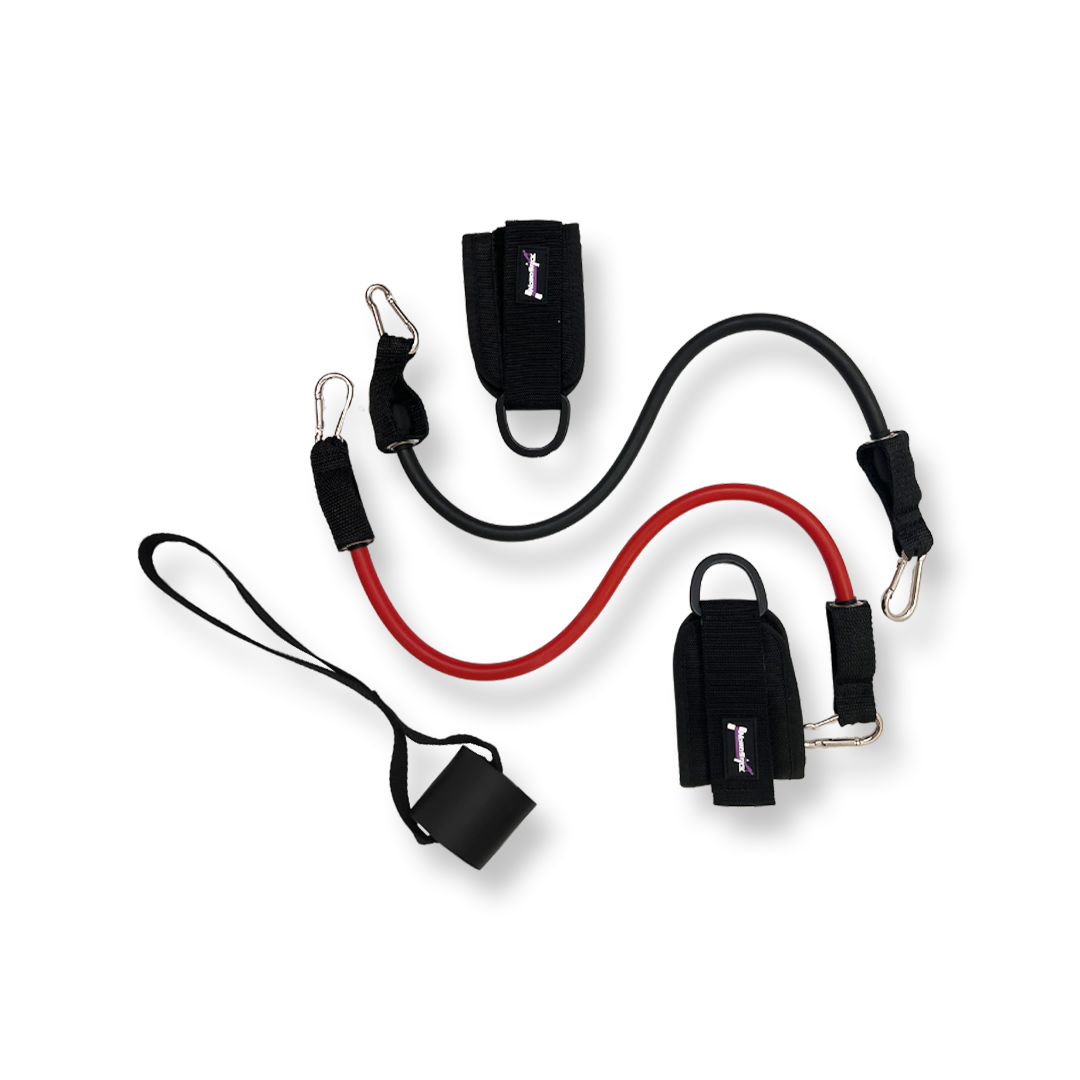
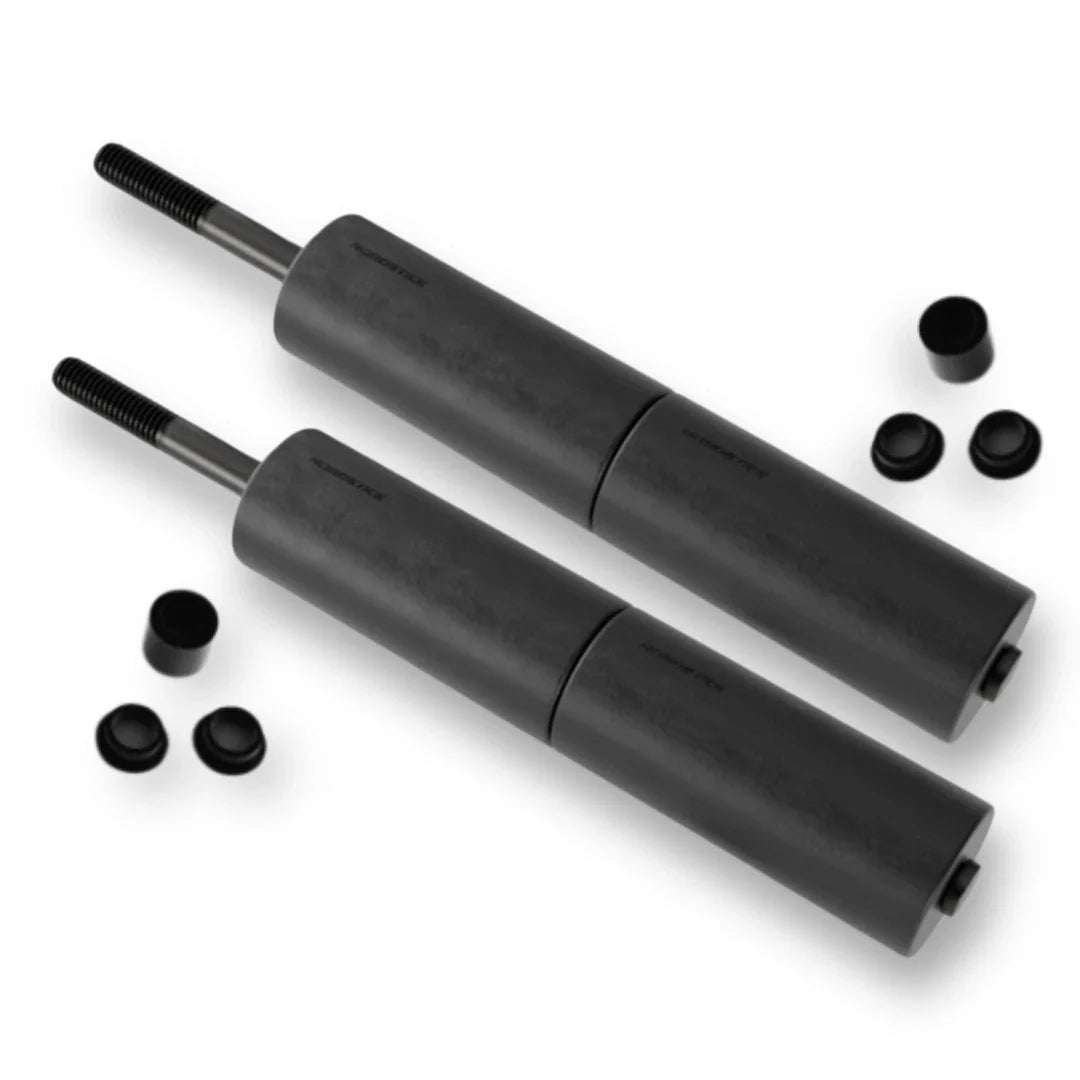
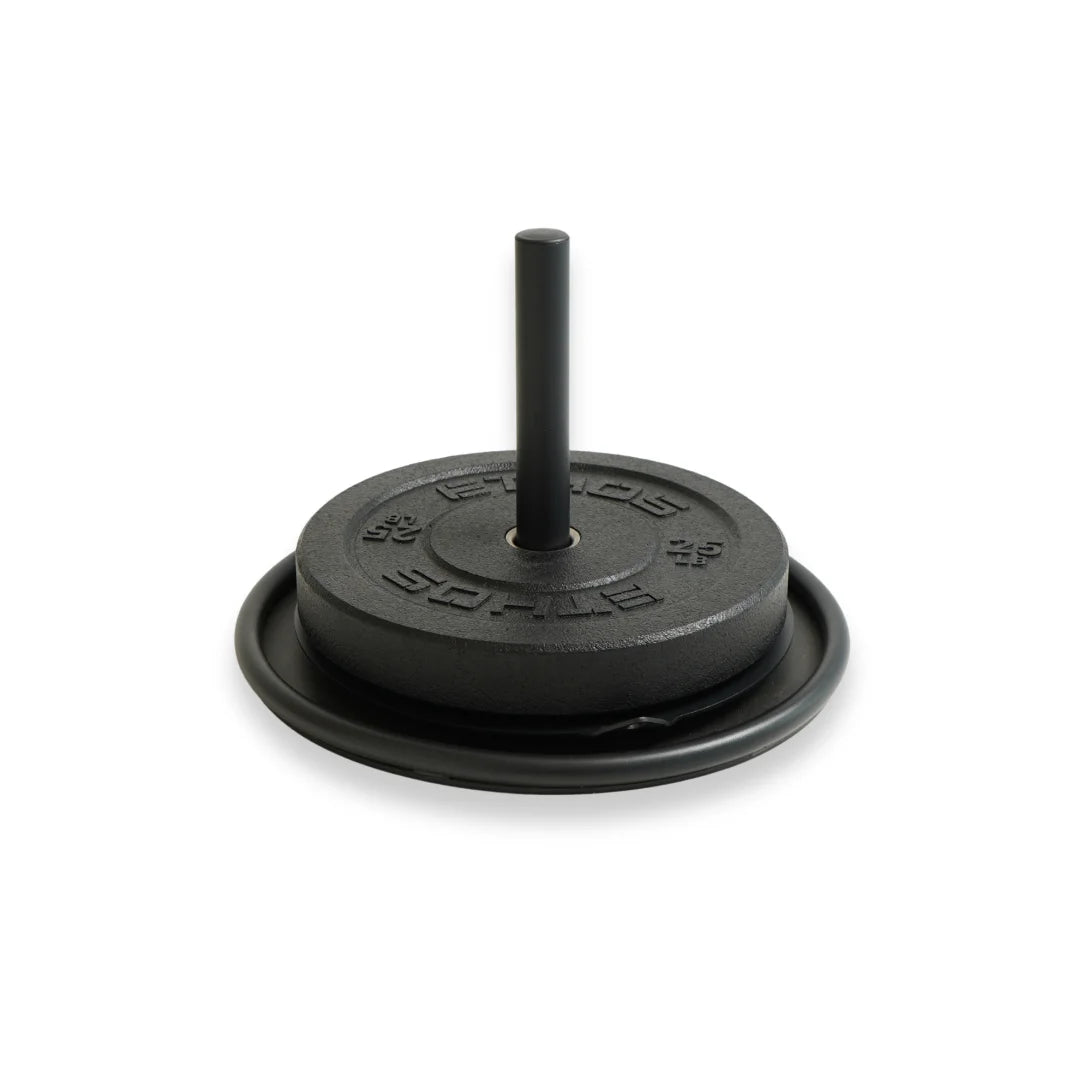
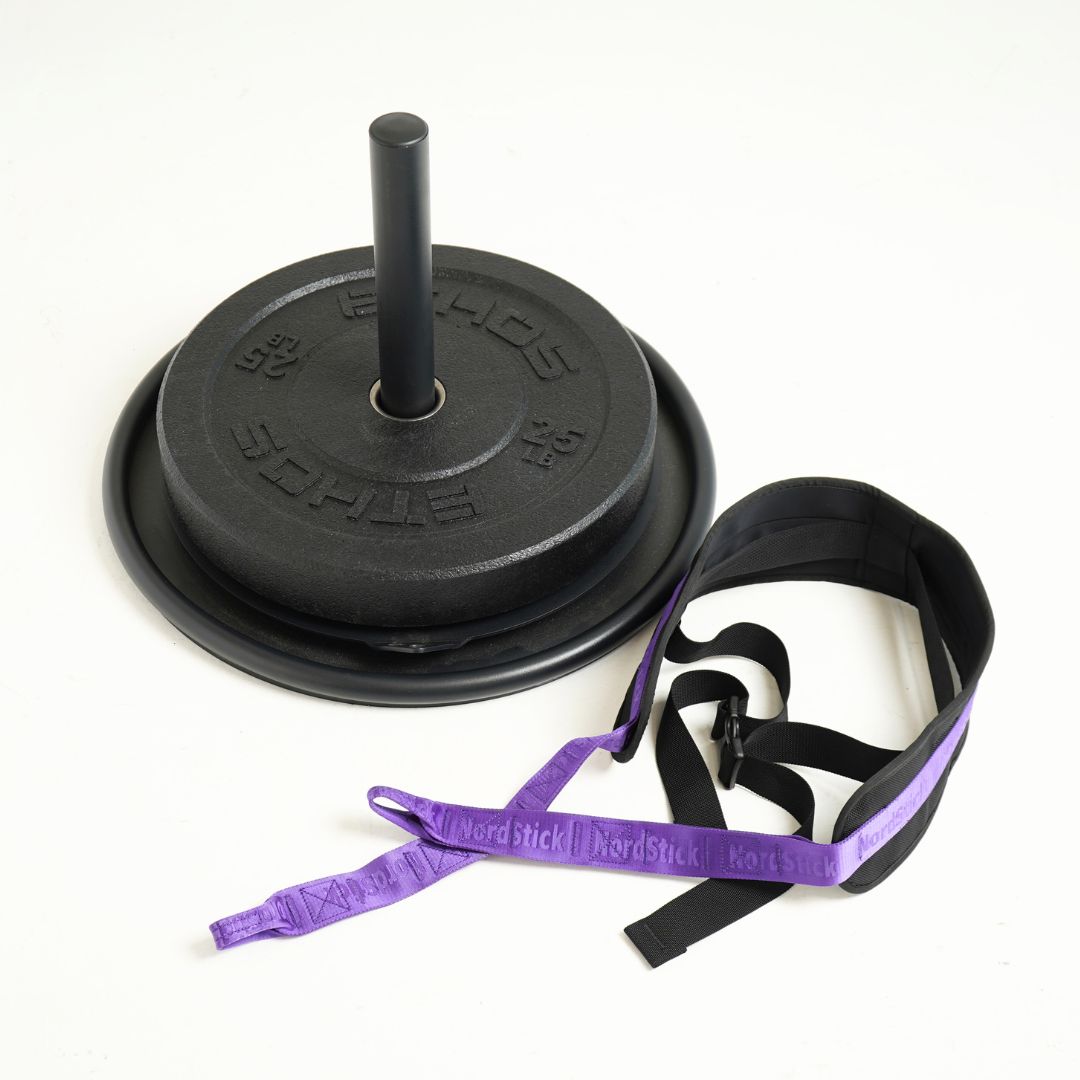

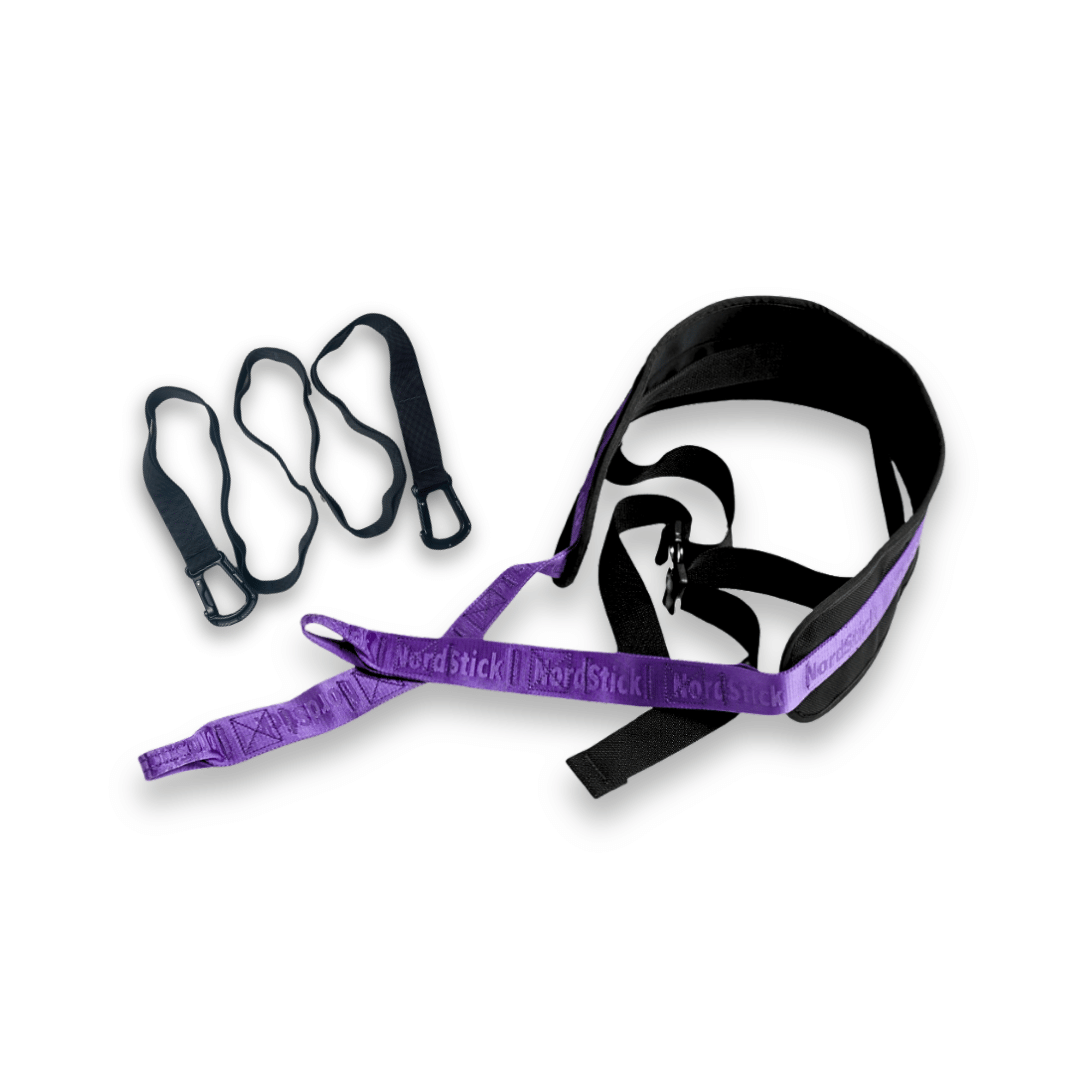

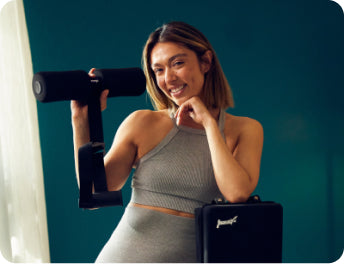
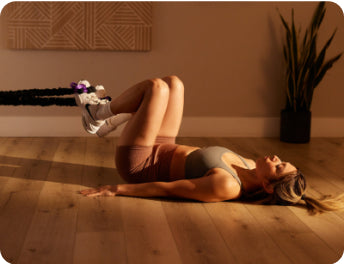


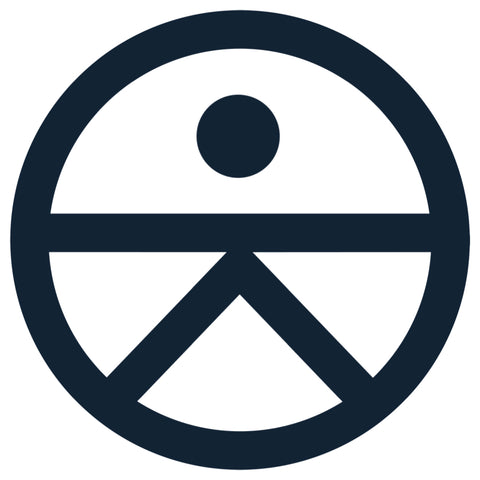


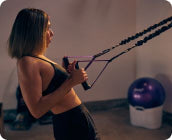
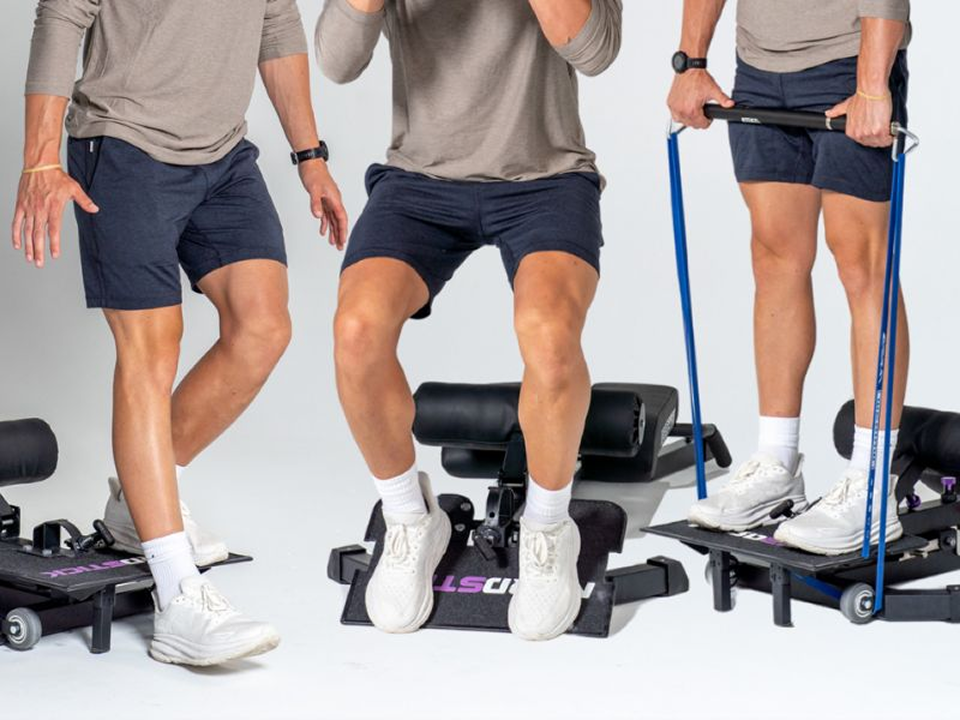
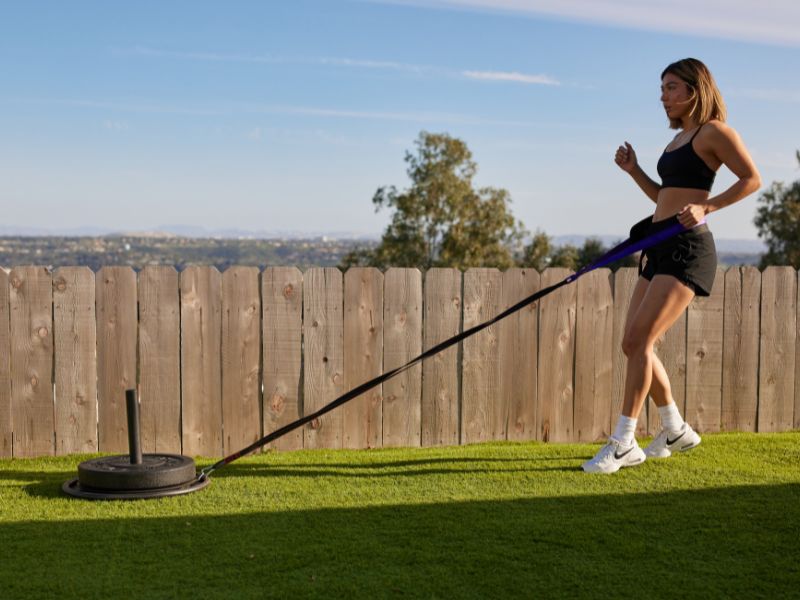
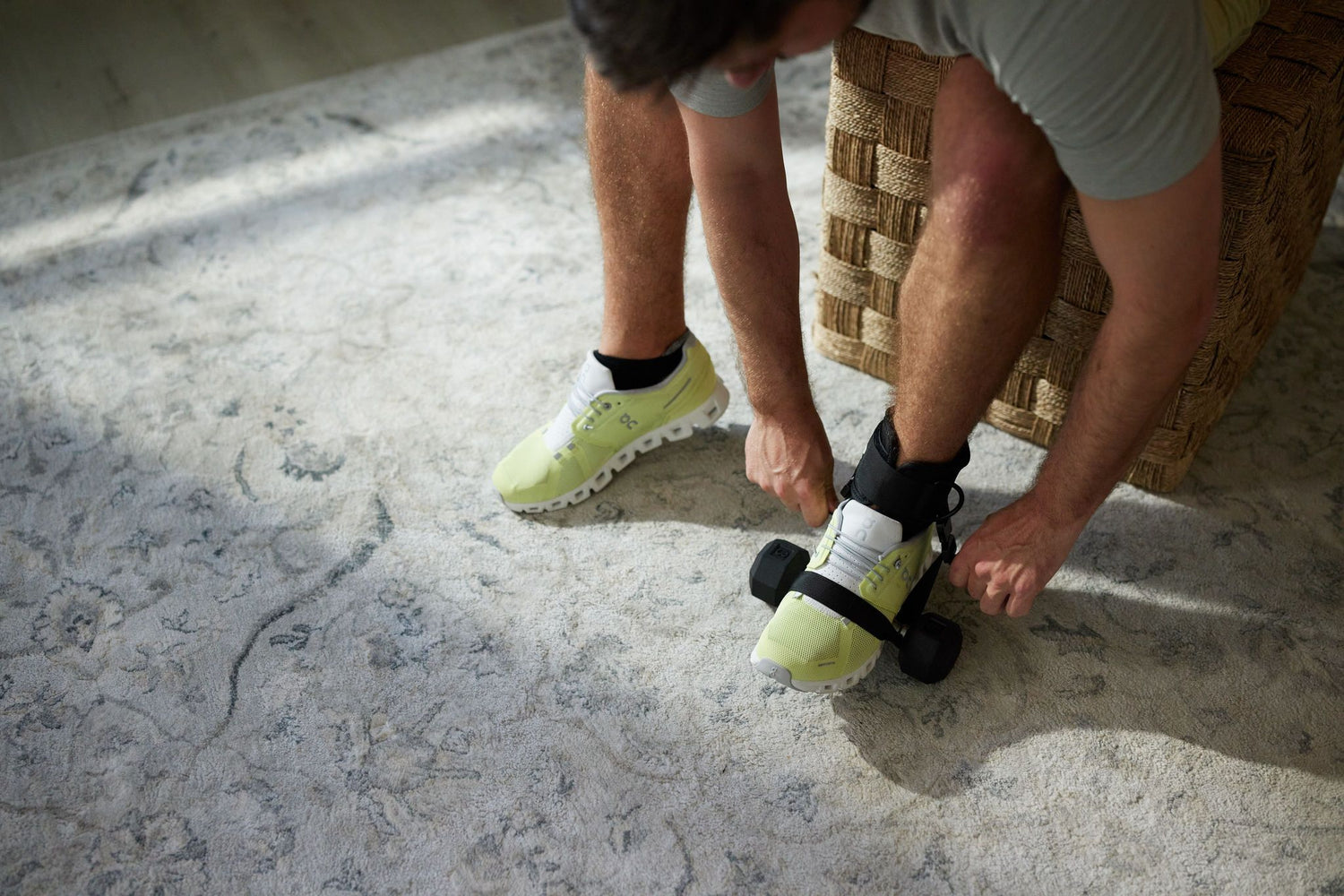
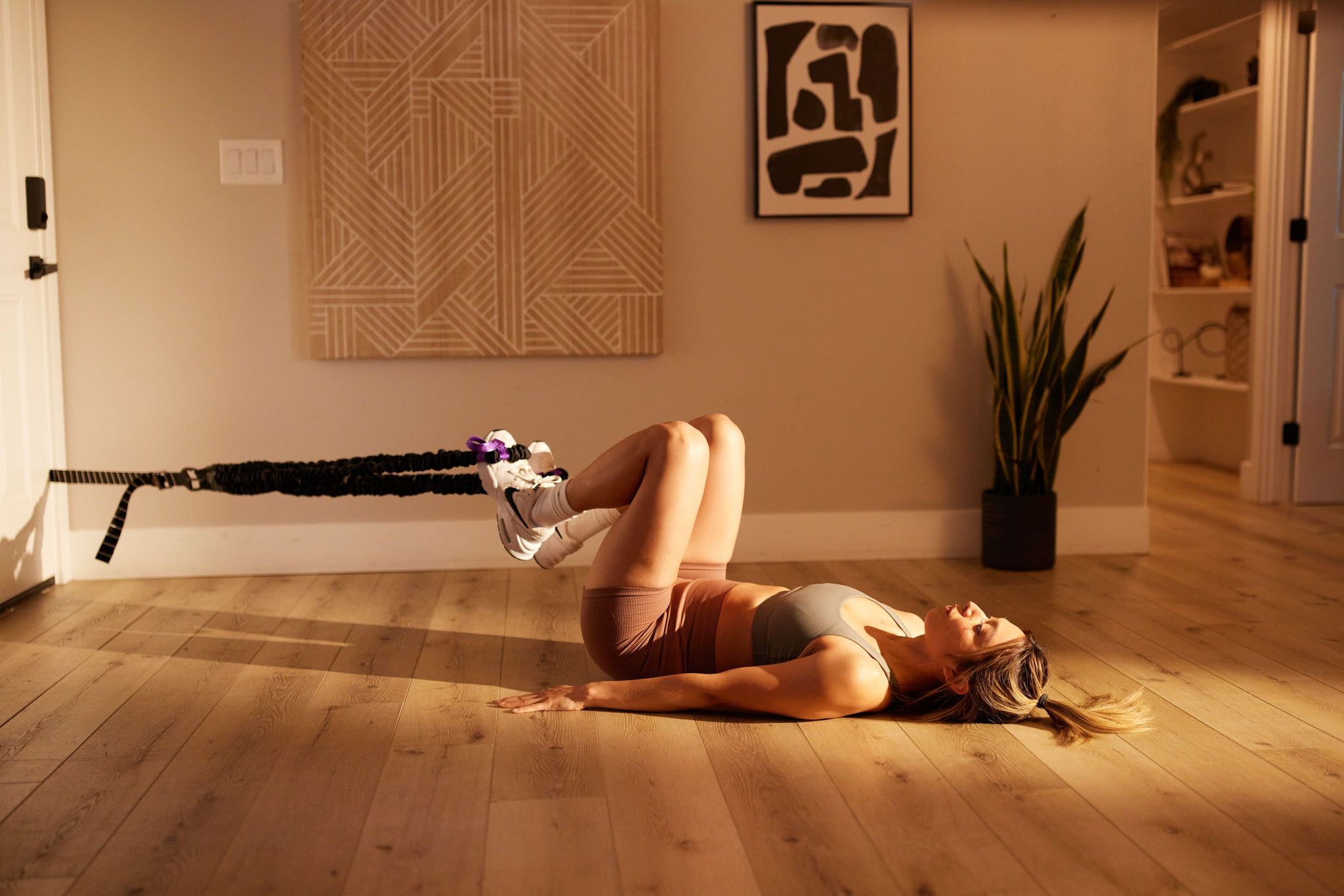

Leave a comment
This site is protected by hCaptcha and the hCaptcha Privacy Policy and Terms of Service apply.